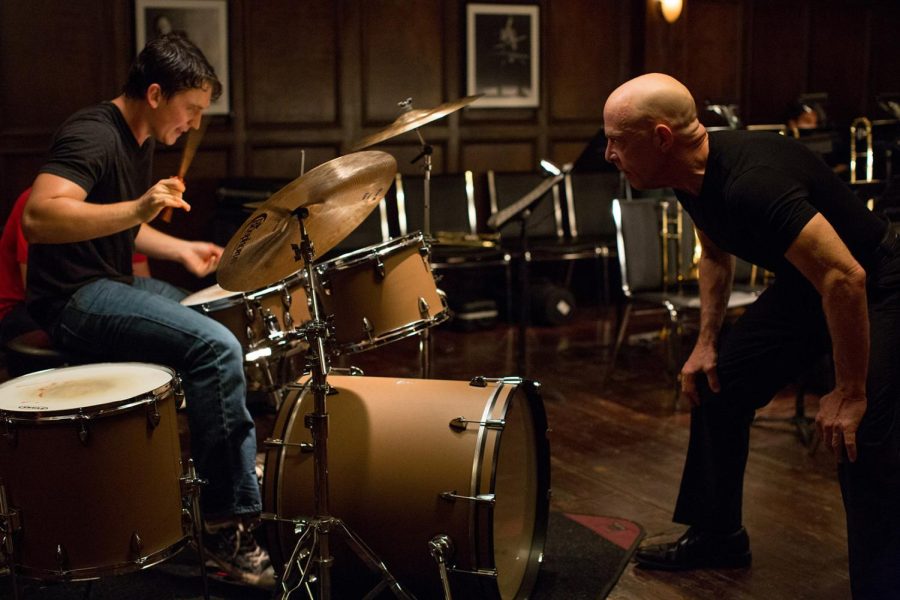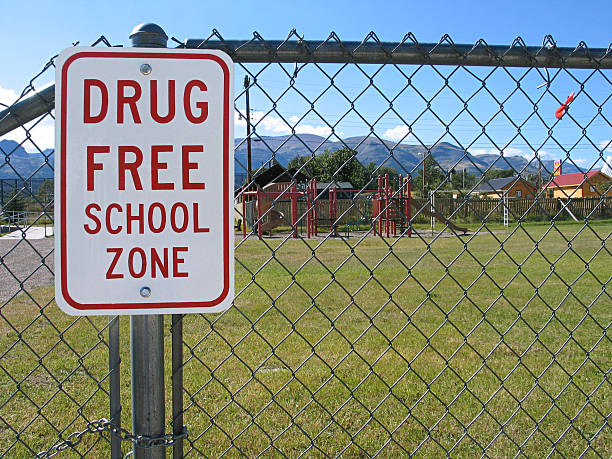On Monday, March 9th, Northeast Ohio received its first three cases of COVID-19 , a newly discovered virus that has now evolved into a pandemic. Just a couple days later, on March 12th around 4:00 PM, Ohio Governor Mike Dewine issued a three-week spring break for all public, private, and charter schools, starting on Monday.
This unexpected closure left a handful of teachers, coaches, and administrators unsure of what to do. “What will happen after April 3rd?”, asked J. Schober, a science teacher and the head track and field coach. Along with many other messages (such as the cancellation of all school activities), he sent that particular question to the remind of track and field following the state-mandated announcement. This also stressed out many students due to the end of the closure being a solid week after the end of the quarter. Before, students hoped to raise their grades using the additional weeks of March, but the statewide closure raised the question: Will the school extend the quarter after April 3rd? Pondering the consequences of the forced spring break before the actual spring break of April 10th-17th, many students also wondered if the original break will be cancelled.
In the midst of this crisis, many have questioned the validity of the virus outbreak and the measures taken to address this issue. At WHS, students have shown mixed reactions of uncertainty, panic, skepticism, fear, and comfort. Reaching its boundaries from Wuhan, China—all the way to our very door steps in Ohio—the work of a contagious virus is on display right in front of our eyes.
“I don’t like diseases. I think it is not good that it can causes fatalities in certain age groups,” says senior Eric Kronz. Anusha Bangalore, a sophomore, also adds, “I think that people could take this a little more seriously. Students should be more concerned about hygiene, because illnesses seem to spread really easily.”
On the opposite side of the spectrum, many also expressed comfort and ease with the outbreaks. In fact, some even question the credibility of such alarming reports by President Trump and other news sources.
“Personally, I think it has been blown way out of proportion by the media. Its death rate of adolescents and young kids is very low. The disease has mainly impacted elderly people. In my own opinion, the media has been portraying it more that what it is. Hopefully, we can get things under control,” says Davin Amy, a senior at WHS.
As the Coronavirus frenzy only gets crazier, others are angered and frustrated at the cancellation of numerous school trips and activities. One major example is the cancellation of the instrumental music department’s trip to Chicago, slated for the end of March, which left Ms. Patriok, the instrumental music director, and many others shocked.
“There were a lot of trips that were cancelled that we probably won’t see any reimbursement for, and that just isn’t right. I think with any major decision like this you have to examine the side effects. Is the possible imminent economic meltdown going to be worth it in the end? I’m not too sure about that one. The panic is causing more damage than the virus itself; that and the politicizing of this whole situation,” says James Demarsh, a senior at WHS.
With such risks and conflicting perspectives, the central question remains the same: Are we doing enough? These questions have been in hot debate as anxious students wait for more reports of outbreak.
“It is a fact of life that when you have 600 people in one building precautions in place—not touching your face and putting your fingers in your mouth—people significantly underestimate how often they do. Eating off the same tables, sitting in the same seats, using the same keyboards… that’s a hotbed of a virus. Even with good hygiene, people do that. There is a reason whenever my family gets the flu. It is either from me or my younger brother, who is at school,” says Richard Garber.
However, Mrs. Elias, the assistant principal assures us that any measures that will increase the safety of students will be implemented. To maintain education, she suggests, “We would never be completely closed. Kids would still have access to their learning. I do believe that students would still participate in their education and keep up with things.”
Announced just moments ago, the Westlake City School District launched Preparedness Day on March 17, stating “teachers will use this day to plan and prepare online and alternative content and coordinate instructional resources.”
As more cases of COVID-19 increases, the future remains uncertain. Many are concerned about their family and friends. In a time when media can propagate panic and anxious nerves with both speed and reverence, WHS students remain on high alert.
“Of course I’m scared for anyone in my family getting sick. I am trying to keep an eye on family members to keep everyone healthy,” says a students at WHS.
However, rest assured, Westlake High School must resolve conflicting tensions and remain collaborative in these efforts.
James Demarsh says, “I fear that as the virus spreads people are going to be blaming different groups and political parties. That’s not going to help anything. We’re all in this game together as a nation and we can’t let things get out of hand. That includes the economy and the virus. Panicking and blaming will do nothing.”














![Argentinian players celebrate their penalty shootout victory over the Netherlands at Lusail Iconic Stadium, Qatar [Kai Pfaffenbach/Reuters]](https://greennwhite.org/wp-content/uploads/2022/12/2022-12-09T215755Z_1890492973_UP1EIC91P0HXL_RTRMADP_3_SOCCER-WORLDCUP-NLD-ARG-REPORT.webp)



Wayabibi • Mar 25, 2020 at 7:41 pm
eric with the FACTs
and bt dubs, I am prepared for the virus! massive L incoming to the germs!!!